Originally filmed in 1971, and set in an ancient Roman Amphitheater, Pink Floyd: Live at Pompeii - MCMLXXII is a fabulous concert film showing the British band in their progressive rock heyday.
The material is interspersed with documentary footage shot a little later during the recording of their masterpiece album Dark Side of the Moon (1973).
The movie is now back in theaters, in a new 4K version, which makes the colors pop out in bright, vibrant ways and with a great new Dolby Atmos sound mix, courtesy of Steven Wilson, himself a renowned prog-rock artist.
There is obviously a market for this kind of movie, as here in The Netherlands it entered the charts at number 4 in its first week of release (A Minecraft Movie, Sinners and The Accountant 2 but before the re-release of Star Wars: Revenge of the Sith at number 5).
Fortunately, the result is astounding, showcasing an impressive performance by a band nearing the peak of their creative powers, against an eye-catching backdrop full of dramatic theatricality.
The idea to perform without an audience came from director Adrian Maben, who wanted to create the impression that the band were playing to an audience of ghosts, the victims of the volcanic eruption of the Vesuvius, that laid the Italian city of Pompeii to waste in the year 79, who never had their voices heard again.
Something like that sounds great on paper, and yes the images of Roman statues and boiling lava certainly go well with the deeply atmospheric sounds of Pink Floyd, as if they were drilling them from the center of the earth.
But perhaps the lack of an audience also made Dave Gilmour (guitar, vocals), Roger Waters (bass, vocals, percussion), Rick Wright (keyboards, vocals) and Nick Mason (drums) focus even more on each other and their music, with rising temperatures during the day and the bitter cold at night adding even more intensity.
The set comprised of three songs that formed the backbone of their set list during that time - Set the Controls for the Heart of the Sun, Saucerful of Secrets and Careful with That Axe, Eugene - and two compositions from their upcoming album Meddle - One of These Days and (the 20+ minutes) Echoes, that latter one split in two parts that bookend the movie.
A slight spoiler may be that only Echoes, One of These Days and A Saucerful of Secrets were actually filmed in Pompeii, the others in a studio in Paris (mixed with Pompeii material). One of the reasons being that three of the six shooting days in Italy were lost due to technical difficulties.
In the end, a 750 meter cable had to be run from the center of Pompeii to the Amphitheater to provide the necessary electric power for all the equipment that Pink Floyd had flown in from London.
Still, the material they managed to shoot looks and sound excellent, especially in its revived form.
As far as my understanding goes, the concert footage of about an hour made up the original movie, that was released in 1972.
After the worldwide success of Dark Side of the Moon, however, director Maben made a new cut of the movie, released in 1974, interspersing the material with documentary footage he shot at Abbey Road studios while Pink Floyd were recording Dark Side of the Moon.
There are versions of Brain Damage, On The Run and Us and Them (can’t quite believe how Beatlesque that last one suddenly sounds in this context) as well as interview snippets with various band members, except Wright.
Waters talks about how synthesizers and other electronic tools are only useful if you have enough ideas in your head to go along with them, while Gilmour ever so gently hints at the conflicts within the ranks that would eventually lead to the break-up of the band.
There is no mention here of founding member Syd Barrett, the crazy diamond who fell by the wayside as an acid casualty, but Gilmour admits that by this point in time he is tired of Pink Floyd being labeled ‘a drug oriented band’ and he is sure that they are now more reliable.
For his part, Nick Mason can in one sentence claim that the band members lust after money, while stating in the next one that they couldn’t care less about money.
(At this point the members of Pink Floyd were already well-off, and on the cusp of becoming super rich thanks to the success of Dark Side of the Moon, which would stay on the Billboard Top 200 for over 700 weeks.)
Rounding out the movie, there is also a fairly lighthearted clip from the Paris studio, where the band perform another song, Mademoiselle Nobs (an altered version of the song Sheamus from Meddle), in which a Russian wolf hound named Nobs howls along with the band like a born stage player.
There was a re-release of Live at Pompeii in 2003 and now we have this IMAX worthy version, that’s a must see if you’re a Floyd fan but also worth the watch if you are more of a general music fan, just because of the sheer quality on display here (although I’m sure it helps if you like at least some of their music).
My favorite Pink Floyd albums are probably the psychedelic, Syd Barrett-led The Piper at the Gates of Dawn (1967) and the aforementioned Dark Side of the Moon, but after seeing Live at Pompeii I’ve gained even more respect for the period between those two landmark albums, where they were finding their form while still making interesting music.
The sight of the long haired, bare chested band members launching into the magnificent Echoes in the heat of the afternoon feels incredibly seventies, and I really appreciated the view of Roger Waters banging the gong like a madman in Saucerful of Secrets.
There are also beautiful images of the band playing at night with a carefully constructed light plan. All that and more makes this an enthralling visual experience that also leaves a lasting musical impression.
I give it a 9 out of 10!
Note: The 4K restoration is now in theatrical release.



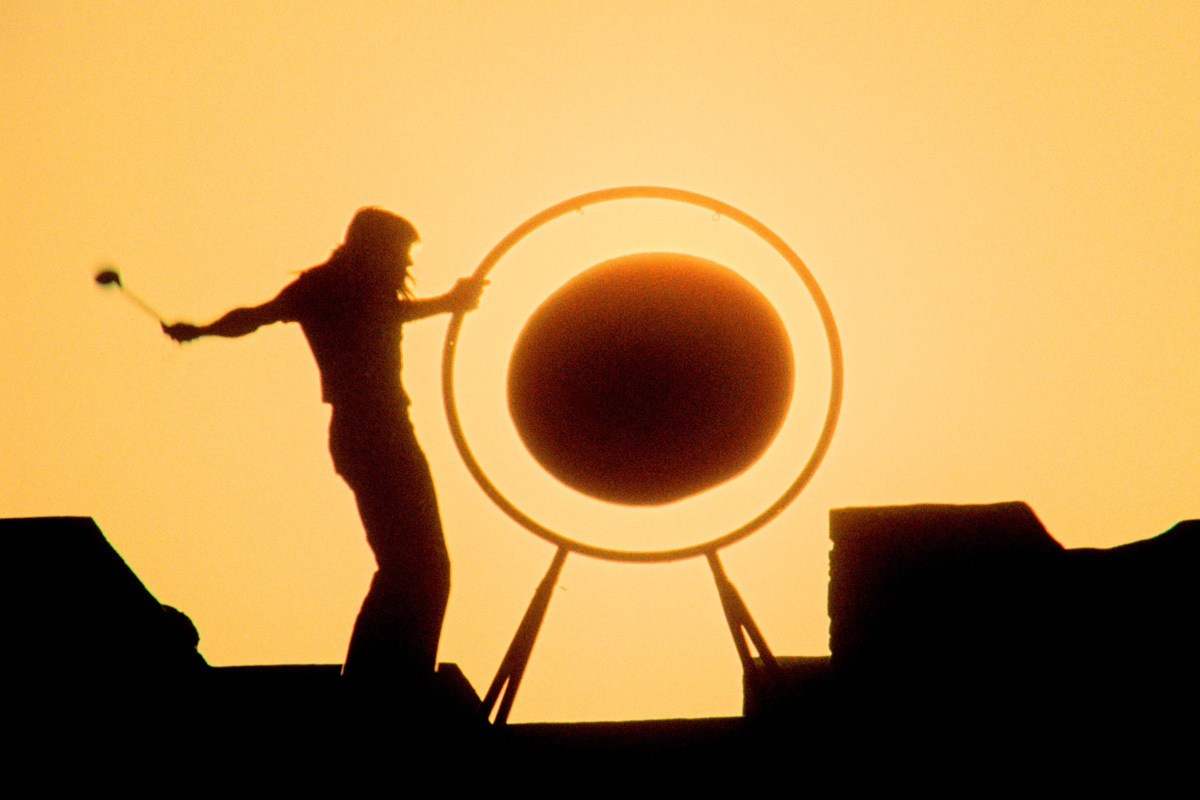
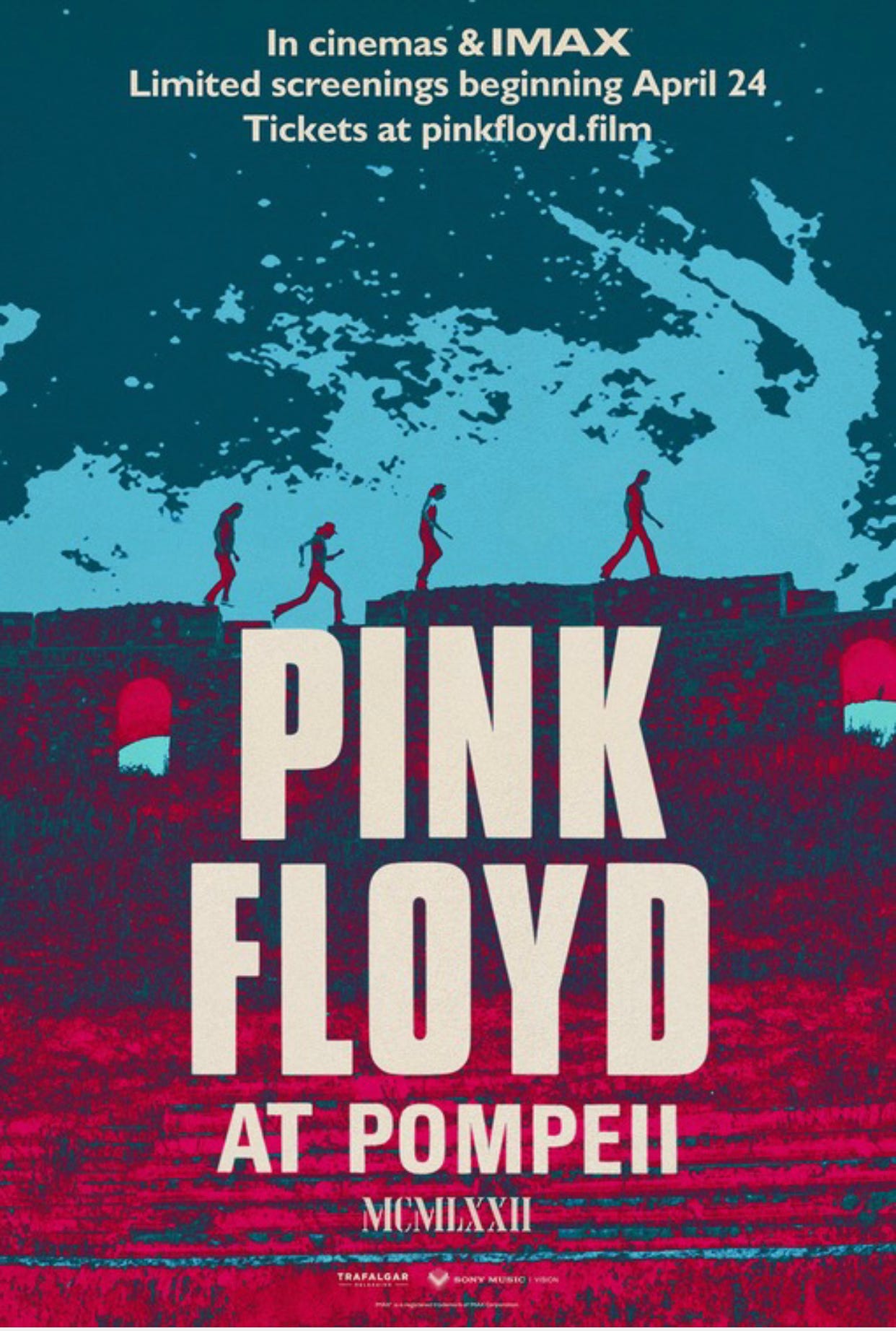
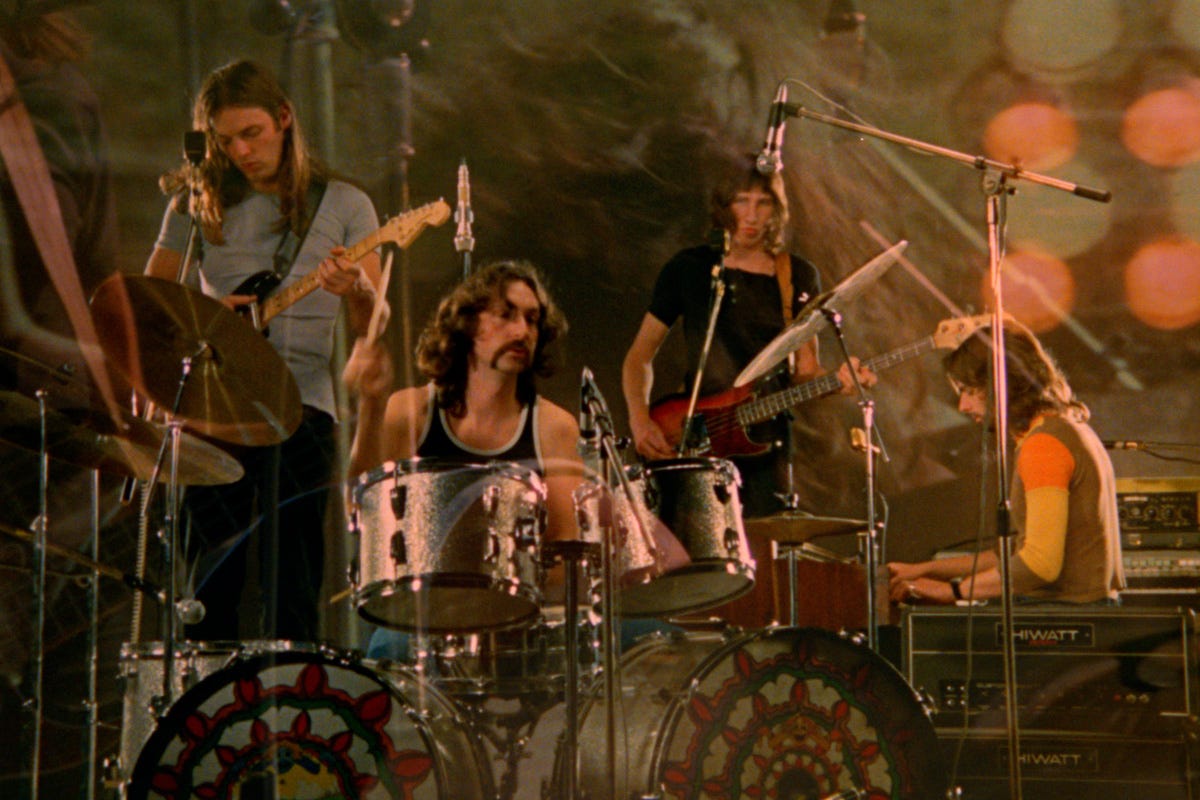
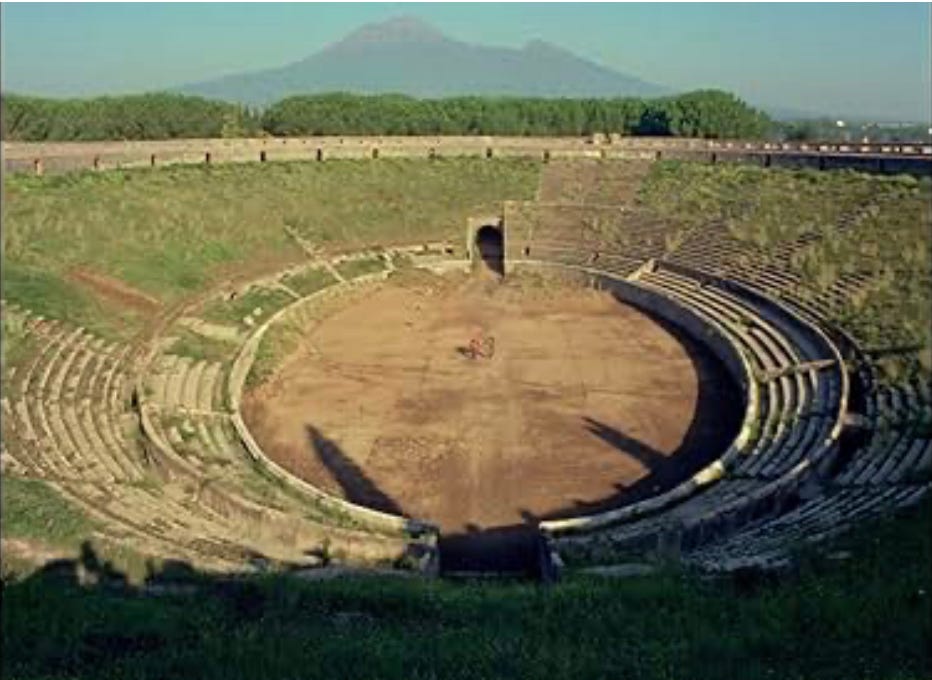
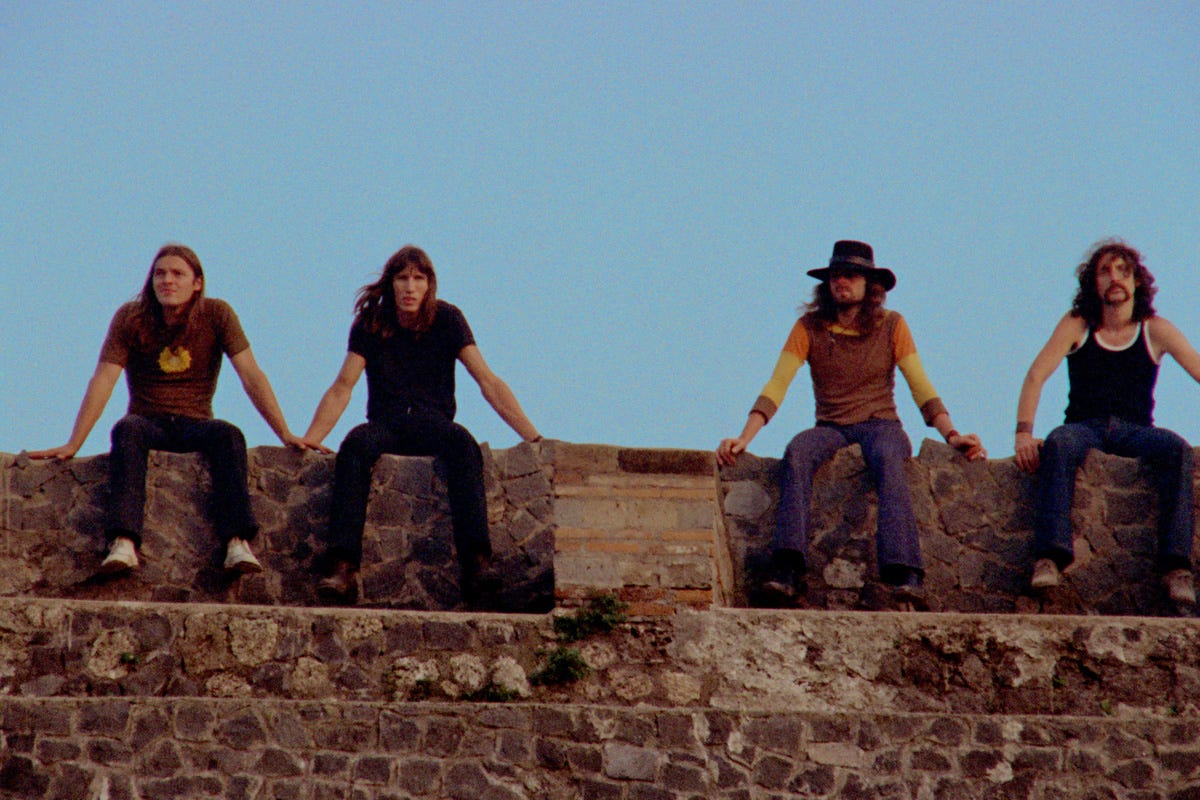
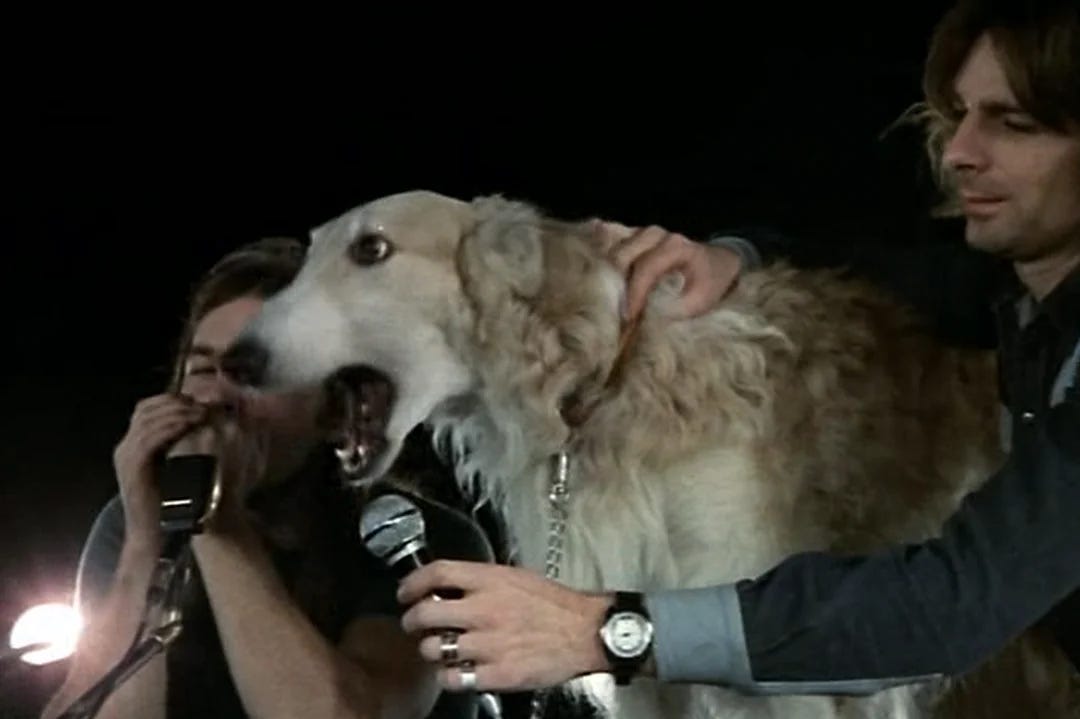
Your timing, as last week I listened to my top 50 Floyd songs (though less representing their early days but with a kick from 'Several Species of Small Furry Animals Gathered Together in Cave and Grooving with a Pict'). 'The Wall' returned to being my favourite though that story is incomplete without the highly underrated 'The Final Cut'.